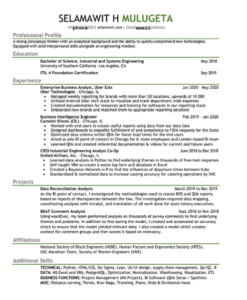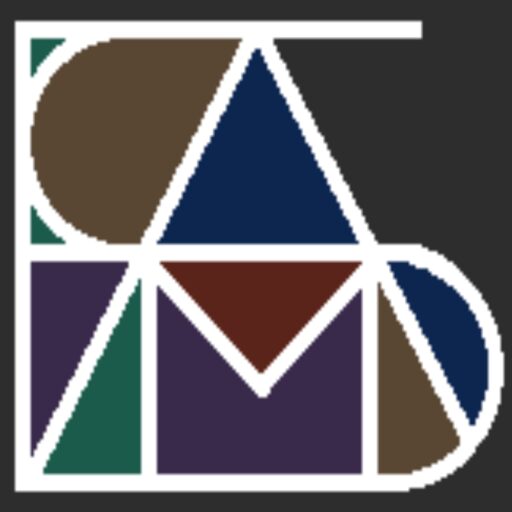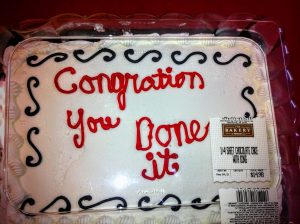Disclaimer: I am not a recruiter or a career coach, however I did:
- attend multiple resume workshops while at the University of Southern California hosted by FAANG (and the like) companies
- get multiple offers in the past two years from Uber, United Airlines, and Visa
- get recruited by Amazon, Google, and various start-ups
One page resumes only
Tech positions often get hundreds of applicants. Hiring managers typically know what they’re looking for, and as such won’t take more than a couple minutes
at most to read your resume.
The way I’ve learned it: resumes should be one page if you have less than 15 years of
diverse experience, otherwise one. A CV can be as many pages as you need.

Experience first, unless you’ve graduated in the past 2 years
The further you get from school, the less relevant it becomes. We are not just our universities, except a bit as new graduates. In addition, unless your GPA was stellar, leave it off. As bachelors become more ubiquitous, often companies are looking for other ways you’ve distinguished yourself via side projects and other experience.
Bold headings and clear sectioning
No one wants to read a wall of text anywhere. White space is just as important as utilized space, if not more so. If someone can’t tell where your experience ends and projects begin, odds are they’ll glance over one or both of them.
Be concise and use key words (no more than 5 bullet points per experience)
Resist the urge to cram as much as you can into each experience. Brevity is certainly a virtue. Avoid redundancy, and that’s that on that.
No smaller than 10 point font
We all have the urge to cram as much as possible into the space allotted. But being concise demonstrates faith in the reader that they get it and that you value their time and effort reading your resume. Also respect their eyesight.
Tailor your resume and/or have different versions when possible
If you’re applying to wildly different positions or are gunning for one particular position, tailor your resume to cover as much ground as possible. That could include using specific key words, reformatting your resume, or even just changing the color scheme—if there is one—to match the company colors.
Use one tense throughout your experiences section
I don’t recommend present progressive (-ing) tense, e.g.
“Serving customers in network technologies,” but past or present will do.
“Consult(ed) with clients specializing in network technologies.” It’s partially the attention to detail that sells.
Group your skills
If you have 20 skills listed, they be clustered. Because most people tend to have experiences and skills in different domains, it’s important that they either follow a logical progression or are grouped appropriately. Examples:
Technical, Business, Support, Misc, Languages, etc.
Export your resume as a PDF and submit only that version
Rendering formatting word documents is literally a nightmare. I can’t tell you the number of resumes I’ve seen while recruiting where the lines messed up, so the alignment was clearly wrong, or the renderer decided to put half a page of whitespace, nearly causing me to close out because I thought the resume had ended.
Have someone else review it for spelling and other errors
Especially if you are not a native English speaker, have a native English speaker review your resume for typos and grammar mistakes. While some mistakes are forgivable and can be read past, others are not and need to be remedied ASAP.
Include any side projects or outside skills you maintain
Tech recruiters
love side projects. Not only do they demonstrate a passion for tech that goes beyond the job, they show a level of creativity that’s otherwise hard to get out. As far as outside skills, I, for example, practice krav maga. It has spurred many conversations with recruiters, if only because they have never heard of it.
Have a version of your CV/Curricula Vitae
In all honesty, I keep my “CV” on LinkedIn. I’m extremely thorough in my descriptions of what I’ve done on LinkedIn, because there is the option to expand or see more if someone wants to. It’s good for record-keeping, and whenever I tailor my resume, rather than try to remember that one relevant project from two jobs ago, I can go to LinkedIn and source it.
You can find my 2020 resume above and two infographic versions on the career page.



